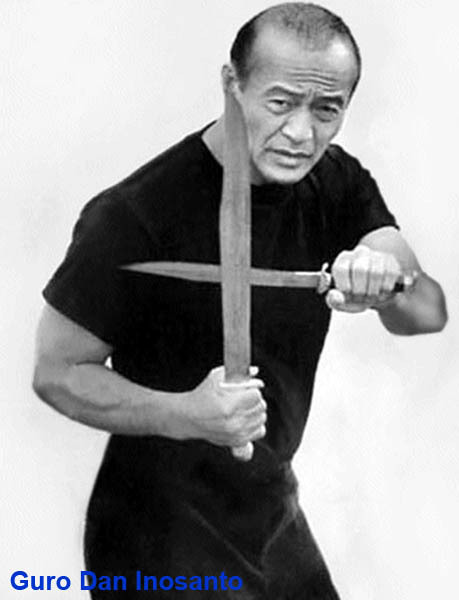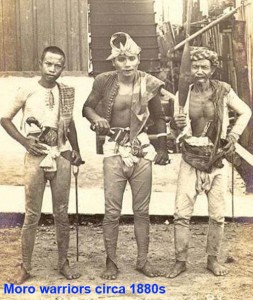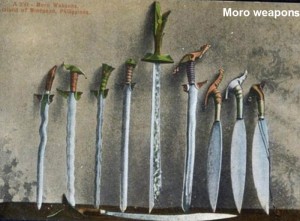 Kali (also known as Arnis or Escrima) is an ancient martial art devised in the Philippines.
Kali (also known as Arnis or Escrima) is an ancient martial art devised in the Philippines.
The intrinsic need for self-preservation was the genesis of these systems.
Throughout the ages, invaders and evolving local conflict imposed new dynamics for combat in the islands now making up the Philippines.
The Filipino people developed battle skills as a direct result of an appreciation of their ever-changing circumstances.
Guro Dan Inosanto, who introduced the art to the west, has described Kali as akin to military science.
The art has been influenced by the constant foreign trade and warfare in the Philippine archipelago ranging from trading with the ancient Persians and Chinese, the occupation of the Philippines by the Spanish for over 350 years, to the occupation by the United States all the way up to the invasion by the Japanese during World War 2.

 Kali taught at our academy is influenced by over 30 different Kali systems, however the major influence of the art is from the Southern Philippines, predominantly the Moros from the Tausug, Magmindanao, and Maranao tribes.
Kali taught at our academy is influenced by over 30 different Kali systems, however the major influence of the art is from the Southern Philippines, predominantly the Moros from the Tausug, Magmindanao, and Maranao tribes.
Although most people associate Kali with stick and knife fighting, traditionally it comprised of twelve areas
Classes focus on the following areas and can be arranged from being very technical or as an extreme cardio workout:
1. Single Stick (or Sword)
2. Double stick (or Swords)
3. Stick (or Sword) and Dagger
4. Single Dagger
5. Double dagger
6. Empty hands
7. Staff
8. Flexible weapons
9. Throwing Weapons
10. Pocket Stick
11. Mental and Healing Arts
12. Projectile Weapons
Most, if not all of these areas are completely interchangeable with the art taught through the use of concepts and principles.
The other benefit of Kali is the improvement in attributes such as timing, distancing, power, coordination, dexterity, spatial relationship and footwork.


